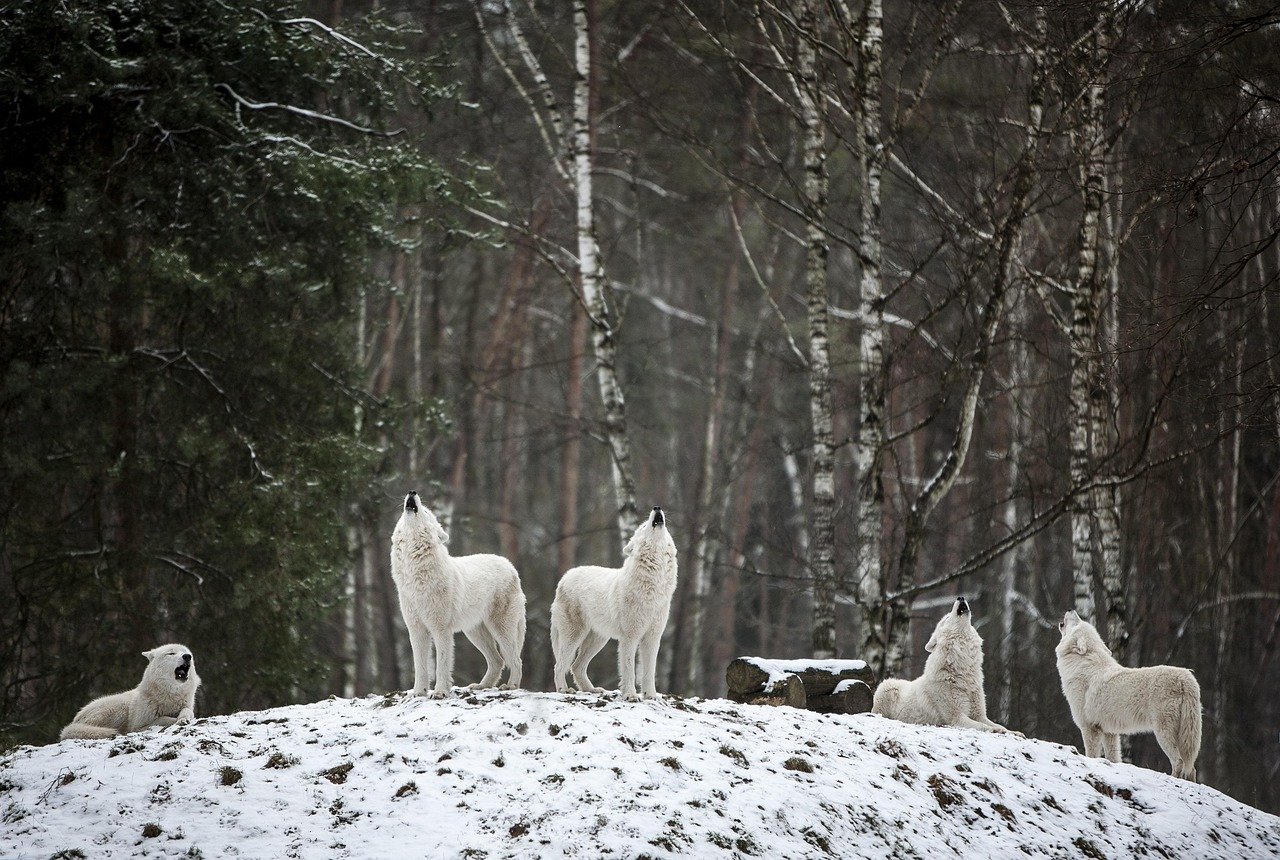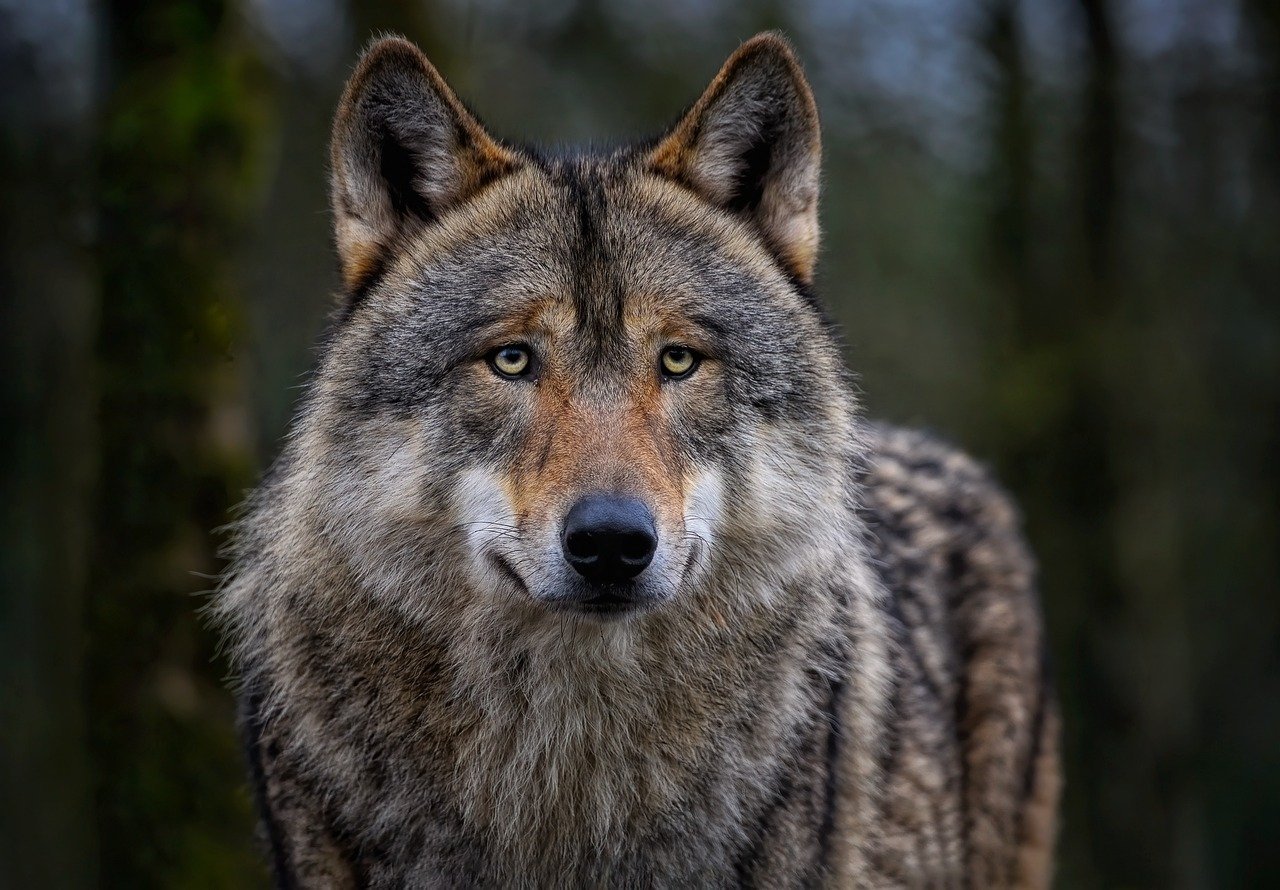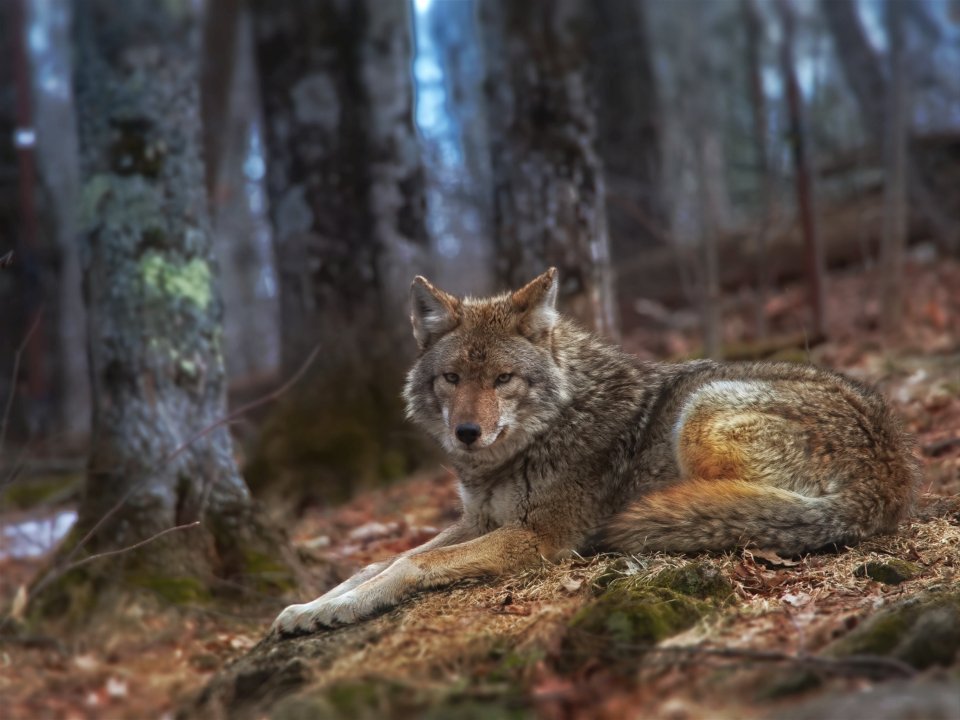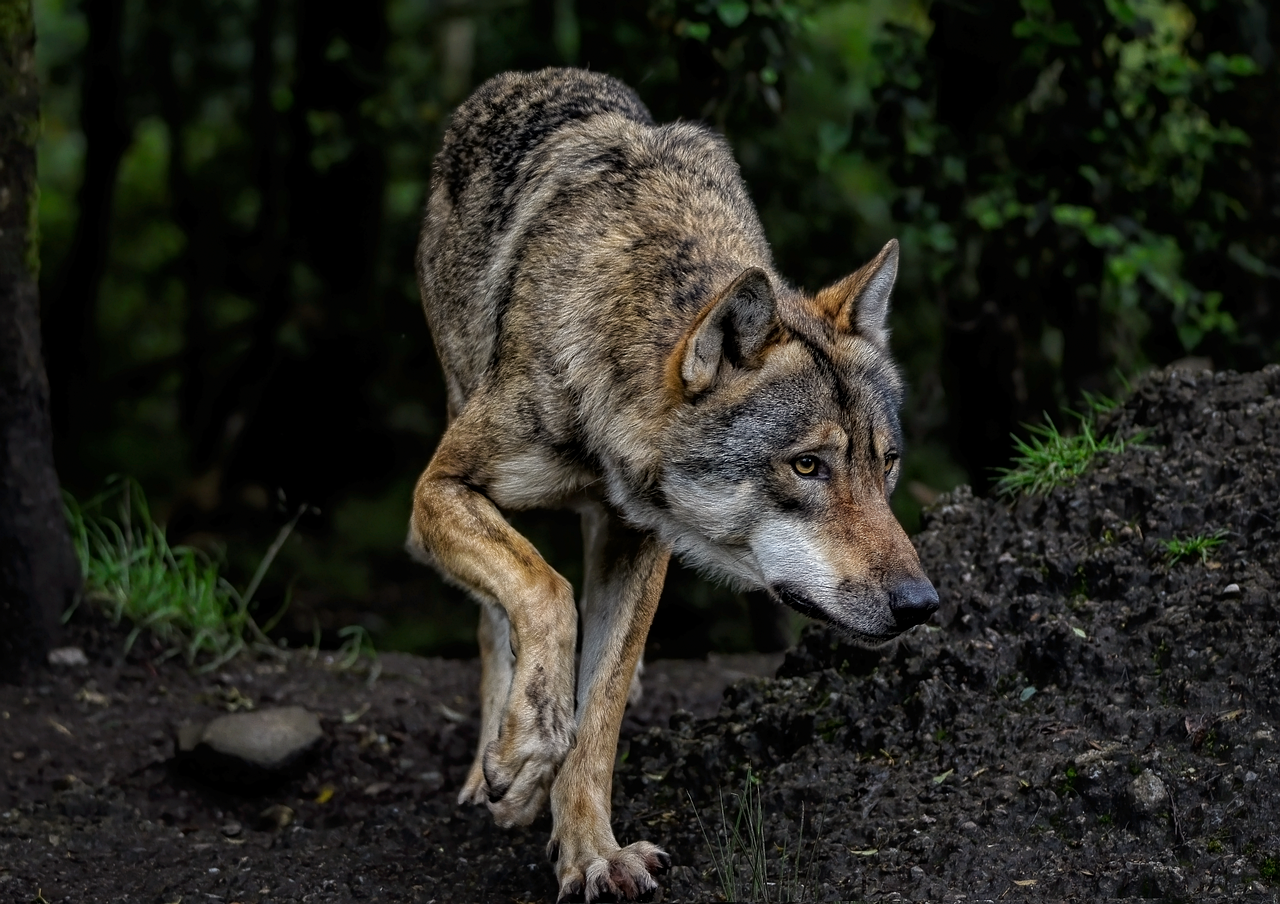Minnesota, often lauded for its breathtaking natural landscapes and serene hiking trails, is also home to a significant population of gray wolves. While these majestic creatures add to the allure of the state’s wild allure, encounters with them, especially when hiking with your dog, can be intimidating. This guide aims to equip you with practical steps and knowledge to safely navigate such encounters, ensuring the well-being of both you and your furry companion.
Understanding the Wolf Population in Minnesota

Minnesota is unique in the United States for its robust wolf population, primarily residing in the northern regions. With over 2,000 wolves, the state boasts the highest number of these creatures in the contiguous U.S. This thriving population is a testament to conservation efforts but also requires hikers to be more vigilant. Wolves are generally elusive and prefer avoiding humans, yet the presence of dogs can sometimes alter their behavior, making encounters more likely.
Recognizing Wolf Behavior
Understanding wolf behavior is key to handling encounters effectively. Wolves are naturally curious but tend to be wary of humans. They communicate through body language, vocalizations, and scent markings. If a wolf approaches, it might be out of curiosity or territoriality, especially if your dog is present. Recognizing signs of aggression, such as bared teeth or growling, can help you assess the situation accurately.
Keeping Calm and Assessing the Situation

The first and foremost rule when encountering a wolf is to remain calm. Panic can escalate the situation, making it harder to think clearly. Assess the distance between you and the wolf, the number of wolves present, and the environment. A solitary wolf might just be curious, while a pack could be more territorial. Understanding these dynamics can help you decide on the best course of action.
Securing Your Dog Safely
Your dog’s behavior can influence the outcome of a wolf encounter significantly. Ensure your dog is on a leash and close to you at all times. A dog barking or lunging at a wolf can provoke an aggressive response. Encourage your dog to stay calm and quiet, using treats or a favorite toy if necessary. Keeping your dog close can also signal to the wolf that you are in control of the situation.
Making Yourself Appear Larger
To deter a wolf, make yourself appear larger and more intimidating. Stand tall, raise your arms, and spread your jacket if possible. This can make you seem more formidable, discouraging the wolf from approaching. Speak firmly and assertively to reinforce your human presence. Wolves generally avoid confrontations with larger threats, so this tactic can often encourage them to retreat.
Backing Away Slowly

Retreating should be done carefully. Slowly back away while maintaining eye contact with the wolf. Quick movements can trigger a chase instinct, so it’s crucial to move deliberately and steadily. Keep your dog close and ensure it moves with you. This gradual retreat can de-escalate the encounter, allowing both you and the wolf to part ways peacefully.
Using Noise and Deterrents

If a wolf continues to approach, using noise can be an effective deterrent. Clapping loudly, shouting, or using a whistle can startle the wolf, encouraging it to leave. Carrying a can of air horns or a bear bell can also serve as a useful tool to create noise. These sounds can disrupt the wolf’s focus, making it reconsider its approach.
Avoiding Eye Contact with Aggressive Wolves
Although maintaining eye contact is generally advised, there are exceptions. If a wolf displays aggressive behavior, such as growling or showing its teeth, avoid direct eye contact. Instead, glance sideways while still monitoring the wolf’s movements. This can prevent further provocation and help in diffusing the tension.
Reporting the Encounter
Once you have safely distanced yourself from the wolf, it’s important to report the encounter to local wildlife authorities. This helps them monitor wolf behavior and ensures the safety of other hikers. Provide details such as the location, time, and behavior of the wolf. Such information can contribute to better management and conservation efforts.
Preventing Future Encounters

Preventing future encounters involves being prepared and informed. Stay on marked trails, avoid hiking during dawn or dusk when wolves are most active, and keep your dog on a leash. Educating yourself about local wildlife and carrying deterrents can also reduce the likelihood of an encounter. By taking these precautions, you can enjoy Minnesota’s beautiful trails with peace of mind.
In conclusion, while encountering a wolf while hiking in Minnesota can be daunting, understanding their behavior and knowing how to respond can ensure a safe and harmonious experience. With preparation and respect for these magnificent animals, both humans and wolves can coexist peacefully in the state’s stunning wilderness.
Jen is a passionate nature lover and ocean conservationist. She has dedicated her life to protecting the environment and preserving the beauty of the natural world. Growing up in a small coastal town, Jen sincerely appreciated the ocean and its inhabitants. She has spent countless hours exploring the shoreline, learning about the creatures that inhabit the waters, and advocating for their protection. Jen is an active member of ocean conservation organizations, and she is committed to educating the public about the importance of conserving wildlife and the natural environment.






